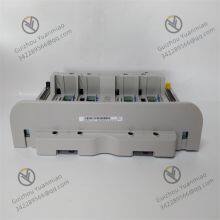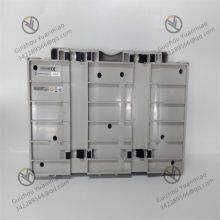Emerson 5X00225G01 counter module
Emerson 5X00225G01 Counter Module Working PrincipleI. Hardware Architecture and Signal Input Mechanism
II. Counting Logic and Data Processing
III. Fuse Detection and Fault Feedback
IV. Communication and Collaboration with Ovation System
V. Software Configuration and Parameter Setting
VI. Principle Example of Typical Application Scenario
Conclusion

Send Inquiry to This Supplier
You May Also Like
-
Emerson VE4006P2 Redundant Interface ModuleNegotiableMOQ: 1 Piece
-
Emerson 5X00226G04 Controller ModuleNegotiableMOQ: 1 Piece
-
Emerson 5X00228G01 Distributed Control System IO ModuleNegotiableMOQ: 1 Piece
-
Emerson 5X00230G01 DCS CardNegotiableMOQ: 1 Piece
-
Emerson A6500-UM Mechanical Protection System Universal Measurement CardNegotiableMOQ: 1 Piece
-
Emerson MVME61006E-0163 High-performance Embedded ModuleNegotiableMOQ: 1 Piece
-
Emerson KJ3241X1-BK1 Serial Interface CardNegotiableMOQ: 1 Piece
-
Emerson SE3007 DeltaV Series SX ControllerNegotiableMOQ: 1 Piece
-
Emerson SE3008 SQ Controller ModuleNegotiableMOQ: 1 Piece
-
Emerson 5X00241G01 Processor ModuleNegotiableMOQ: 1 Piece














































